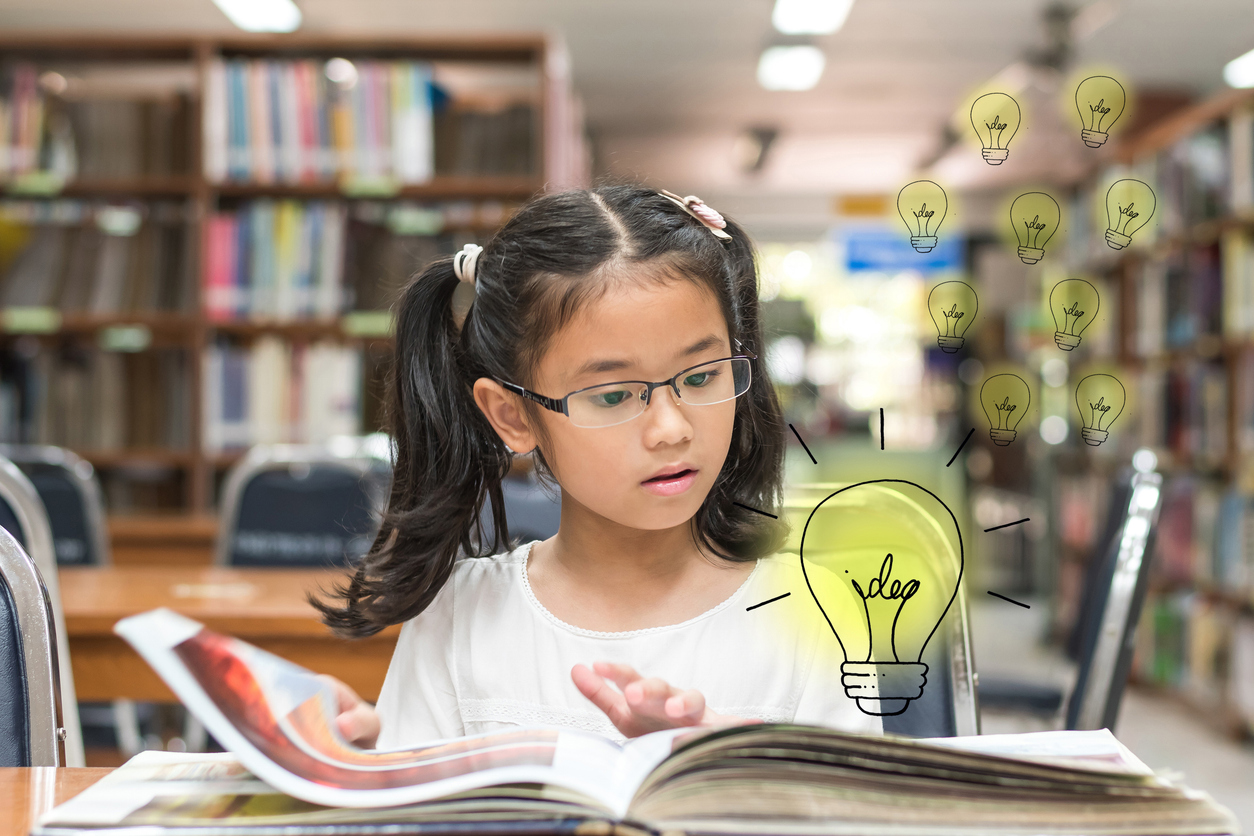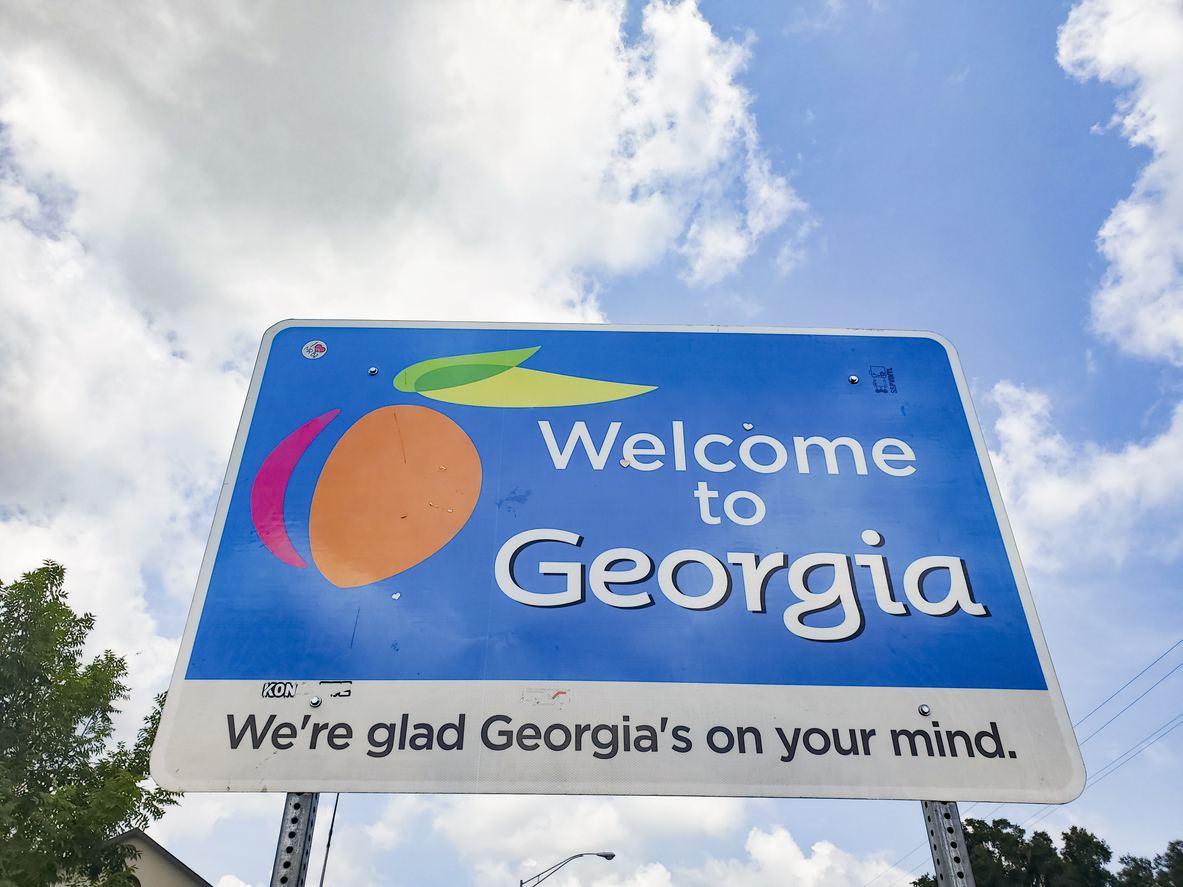Effective Teaching Strategies for Supporting Tiered Students in the Classroom
As educators, we are always looking for new and innovative ways to support tiered students in the classroom. It’s important that our teaching strategies are tailored to each student’s unique needs so that they feel engaged and motivated to learn. In this blog post, we’ll discuss effective teaching strategies for supporting tiered students in the classroom and how these can increase their academic achievement. We’ll explore different approaches schools can use as well as the top education technologies available. By tailoring our teaching strategies, we are better able to not only support tiered students but also foster active learning environments where every student is engaged and empowered.
What is Tiered Instruction?
Not all students learn the same way, which is where tiered instruction comes in. Tiered instruction is an approach that involves breaking down learning objectives into different levels of difficulty based on the student’s readiness and abilities. By presenting students with tasks that are appropriate to their level, it’s possible to promote learning growth and engagement.
As a teacher, it’s crucial to understand the differences between various learning levels to create effective tiered instruction that encourages all students to reach their full potential. Tier 1 refers to students who are on or near grade level and require no additional support. Tier 2 are students who are struggling to meet grade-level expectations and require additional support, such as small-group instruction. Finally, Tier 3 describes students who require intensive individualized and specialized instruction, often in the form of targeted intervention.
Incorporating Technology in the Classroom
Technology has revolutionized the way we communicate, work, and learn. Incorporating technology in the classroom can enhance the learning experience for students and educators alike. With access to tablets, laptops, and online resources, students can engage in interactive lessons, collaborate on projects, and discover new information in real time. Educators can also benefit from using technology to streamline administrative tasks, track student progress, and provide personalized feedback. However, it’s important to remember that technology should never replace the human connection and guidance that teachers can provide. By finding a balance between technology and traditional teaching methods, we can create a dynamic and effective learning environment for all learners.
Creating Differentiated Assignments and Activities
Every student is unique and learns at a different pace. That’s why it’s important for educators to create differentiated assignments and activities. By doing so, they can provide a personalized and engaging learning experience for each student. As an educator, it is essential to pay attention to learning styles, interests, and abilities to create meaningful assignments that will challenge every student. With differentiated assignments and activities, students can take ownership of their learning and feel empowered to take risks and explore new concepts. Ultimately, this approach will result in a more comprehensive and rewarding educational experience for the students and the teacher.
Tiered Instruction with Progress Learning
We know that classrooms can often be made up of a variety of learning levels. Tiered instruction helps bridge the gap between students’ diverse learning needs and ensures that every student is working with the right material. It’s not always easy to provide each student with content that’s tailored to their specific learning needs. Thankfully, our K-12 solution makes it easy.
One of the ways we support tiered instruction is with our Assessment/Assignment Builder. Teachers can easily create formative assessments and diagnostics to find each student’s unique learning level. Then, with just a click, they can assign reteach activities, remediation assignments, and individualized learning plans that are built to meet each student’s needs. Students can work through their Study Plan at their own pace, making it ideal for all leveled learners.
For our Tier 2 and 3 students in 2nd-8th grade, we offer Liftoff Adaptive Intervention, which works to identify and address any foundational skill gaps in math and reading. Students can work their way through vertical alignment to get back up to grade level and beyond.
We believe that with the right tools and support, each student has the potential to succeed. By offering tiered instruction from Progress Learning, teachers can engage with students on a deeper level and provide targeted support that meets the needs of each student.
Request a demo of our tiered learning solution today!


